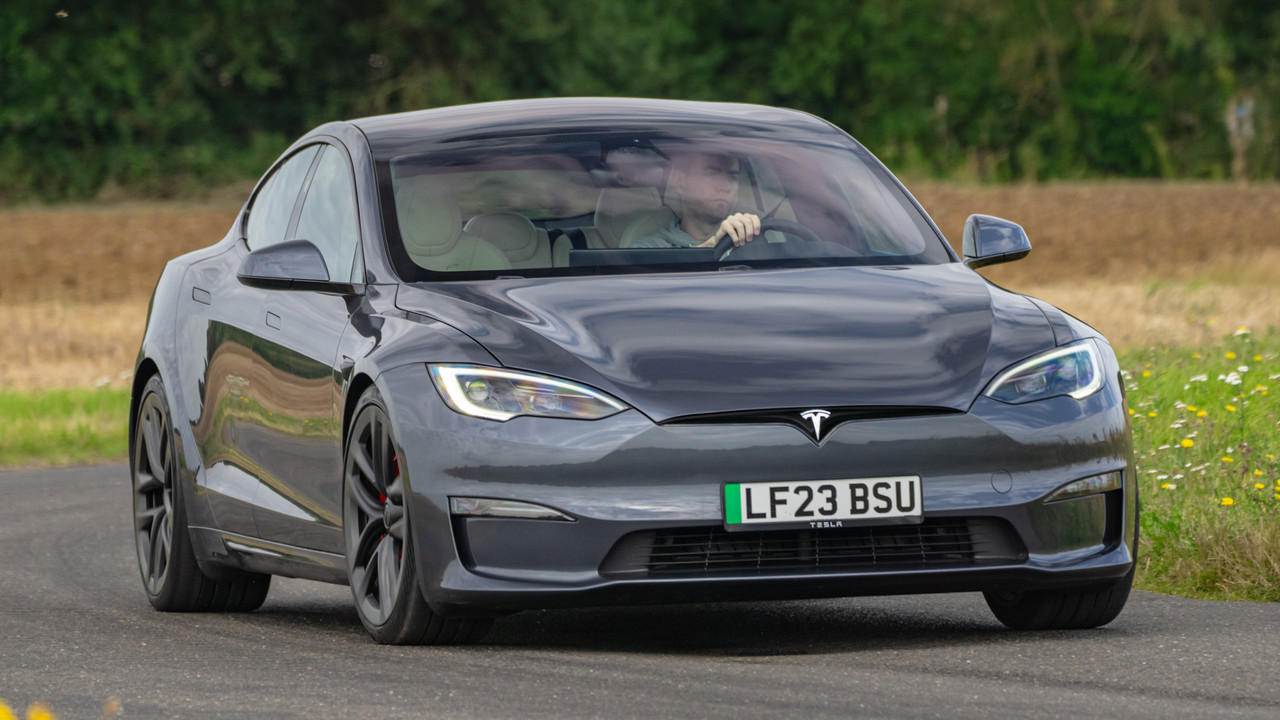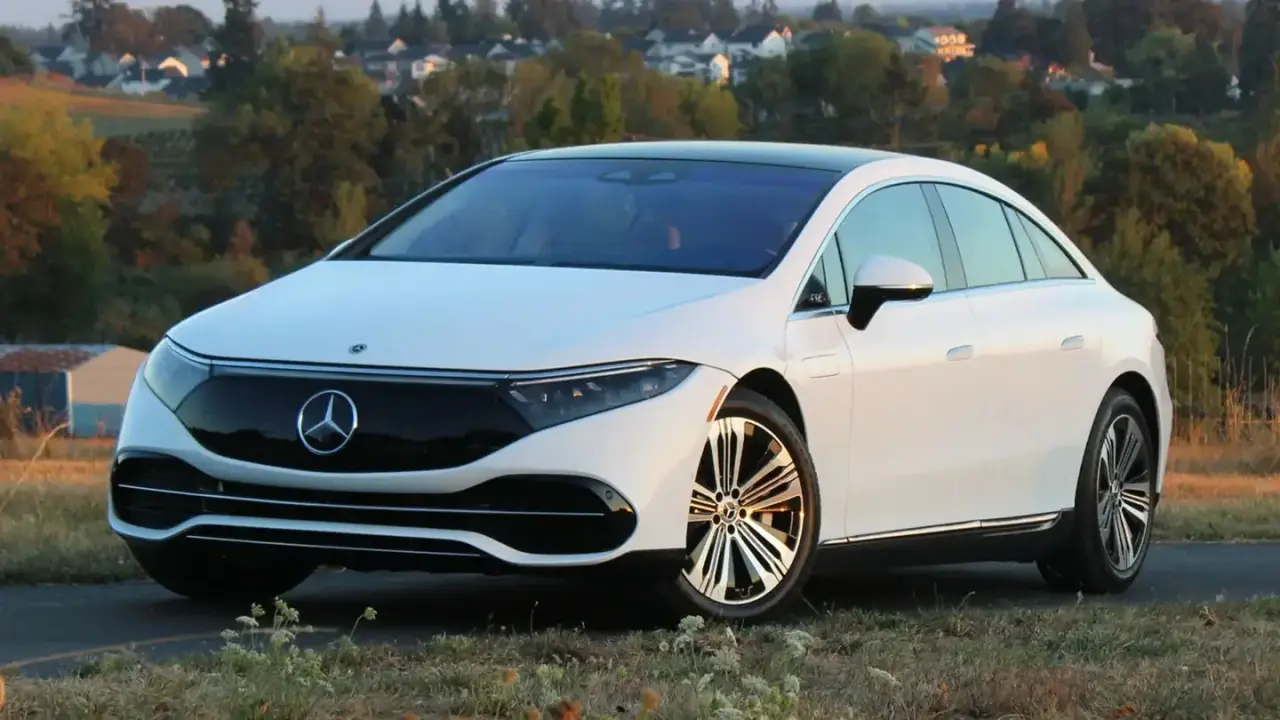Because although pile drivers are reluctant to concede the point, there are losses in recharging an EV's battery and losses in deploying the energy from the battery (or there'd not be a need for a cooling system). Both of those are 'conversion processes' and thus comparable to a FCV's conversion process.Why would you use renewable electricity to produce hydrogen which is then filled into a car and then converted back to electricity though? It’s nowhere near as cost effective nor ‘green’…
It makes more sense to just chuck the electricity straight into a battery in the car.
Hydrogen only makes sense for commercial applications where a 10 minute stop is actually detrimental, not to people who are visiting their friend 4 hours away but think a 10 minute stop is the end of the world.
And, to take Toyota's 95kg hydrogen tank as an example, it is still substantially lighter than half a ton (or more) of battery.






